
Beside oxygen therapy, and utilizing a portable oxygen concentrator, people with COPD are left with few other options to explore that would potentially add years to their lives. Studies have shown that hypoxic patients’s respiratory health improves greatly from long-term oxygen therapy but a viable treatment beyond oxygen therapy, still must be explored.
There is a lot of research being done right now that is dedicated to new treatment methods for COPD. COPD is the fourth leading cause of death in adults in the United States, and over 16 million Americans are diagnosed with COPD currently. This disease is preventable, but once you have COPD, you have the disease for life. There are, however, actionable ways to control COPD and the symptoms involved, but it requires diligence and attention to your treatment plan that you have set up with your health care team.
{{cta('fa8abc2a-1e88-4fa3-82fd-1cb5b9ed43b2','justifycenter')}}
Beyond the common treatments for COPD such as, long-term oxygen therapy, medication, exercise, diet, it is possible that you will still feel unwell and incapable of doing things you once loved to do.
This is very common among COPD patients, and it can lead to mental health disorders like depression and anxiety.
![]()
Avoiding further degradation of your respiratory health and overall well being is essential if you want to live a long and happy life with COPD.
In this blog, we summarize a lot of the research being done that can help you treat your COPD even further, either through surgery, new and innovative medications, and other treatments.
New Respiratory Drug Discoveries
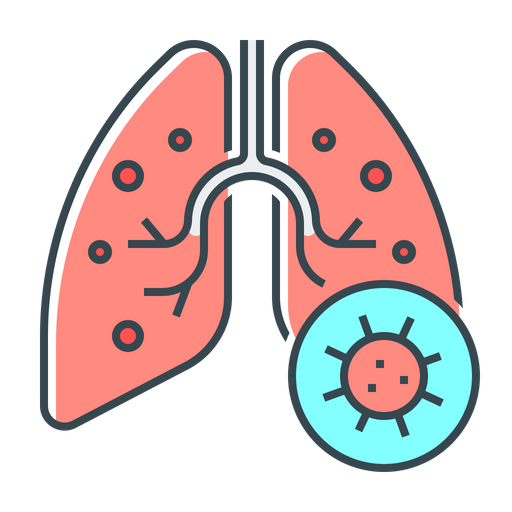
Currently, Only about 50 percent of asthma patients, and an even lower percentage of people with COPD, suffer from lung inflammation and cannot open up their restricted airways even with the help of readily available medications. It is evident that there is still a lot of work to be done to develop medications that can help all people with obstructive respiratory diseases breathe better.
Medication - TASR5 Bitter Taste Receptor for COPD Patients 2021
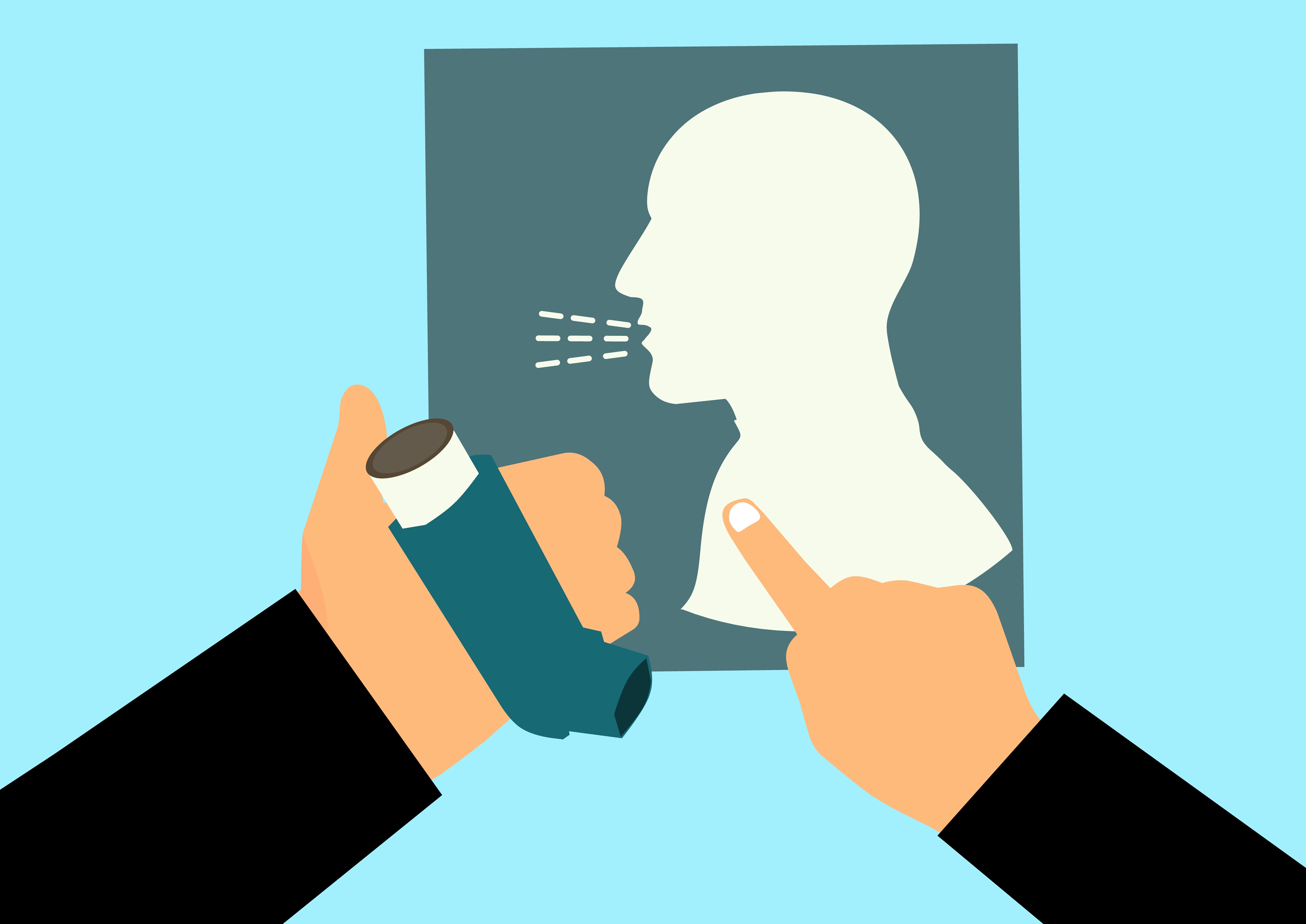
If you have asthma or COPD, the tightening of smooth muscles surrounding your bronchial tubes narrows your airway and reduces air flow, this is often why you cannot breathe well. Dr Liggett's lab has discovered a TASR5 bitter taste receptor that can open your airway when activated. This is a promising new study that has paved the road for looking into new drugs to treat asthma and other obstructive lung diseases.
This new medication targets smooth muscle to open up constricted airways.
The medication is a promising bronchodilator agonist that shows a lot of potential in treating respiratory diseases. In the preclinical study, this new bronchodilator was 1,000 times more potent than some of the other agents that were tested.
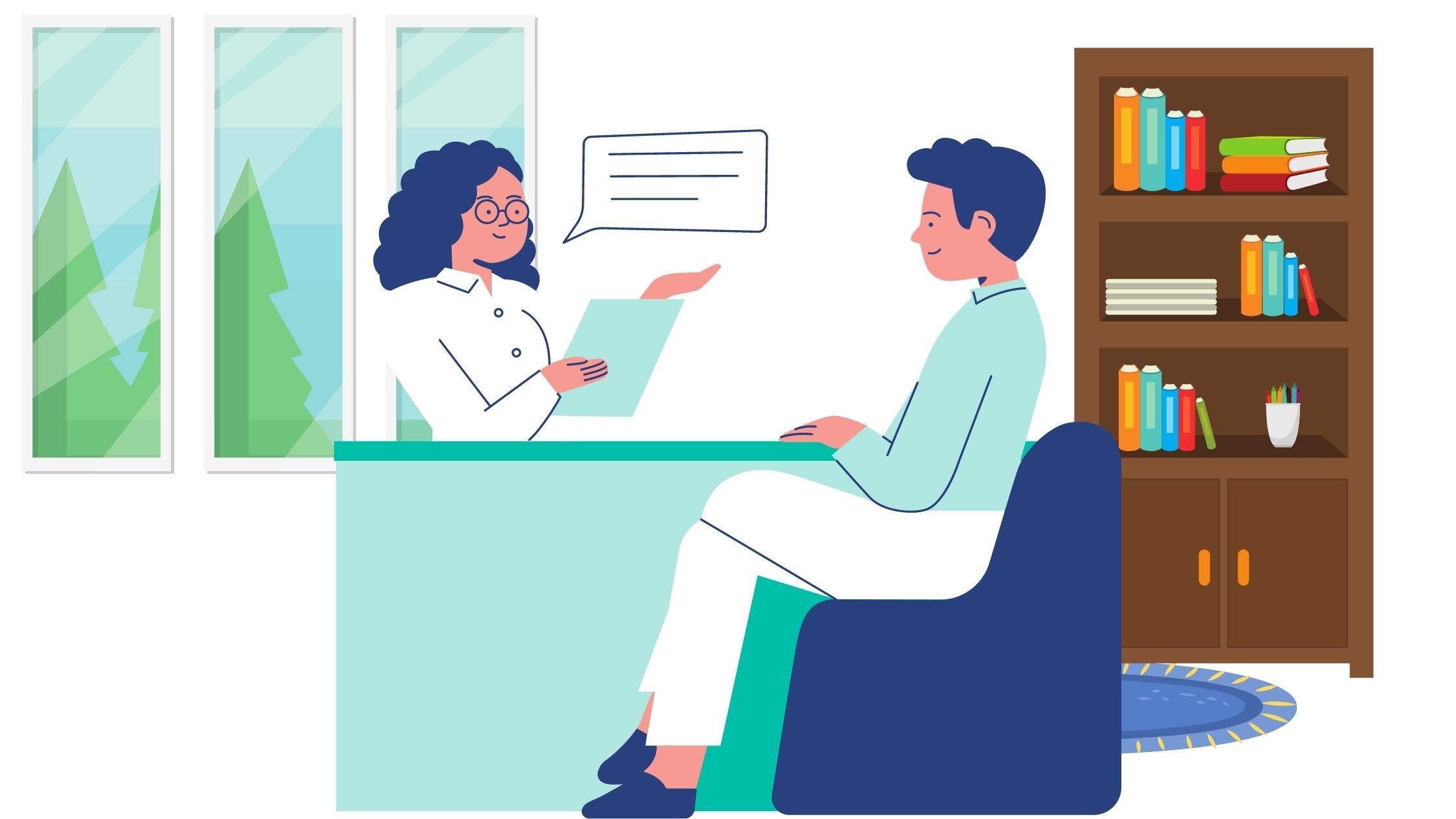
The goals of this new mediation are to find a more potent agent that will activate this smooth muscle receptor and for it to accurately deliver the potencies by inhalation. T5-8 was the bronchodilator agent that showed the most promise.
Luckily, there were others options that worked well too, so there are multiple potential new drugs to carry out the next steps!
Zephyr Valve for COPD Patients in 2021

It is likely that your lung disease will begin to advance into a more severe state as you get older, even with proper treatment. Once your disease begins to get in the way of taking care of business the way you are used to, it is time that you do something.
{{cta('43b79c5e-6bd6-4f02-ac27-2d038d20c146','justifycenter')}}
If you have chronic obstructive pulmonary disease (COPD), but noticed it getting worse over the past few years, it can easily begin to get in the way and you will be unable to do the things you love.
Things like attending family events, hobbies like golfing, or taking care of the house can soon become unattainable and sound impossible.
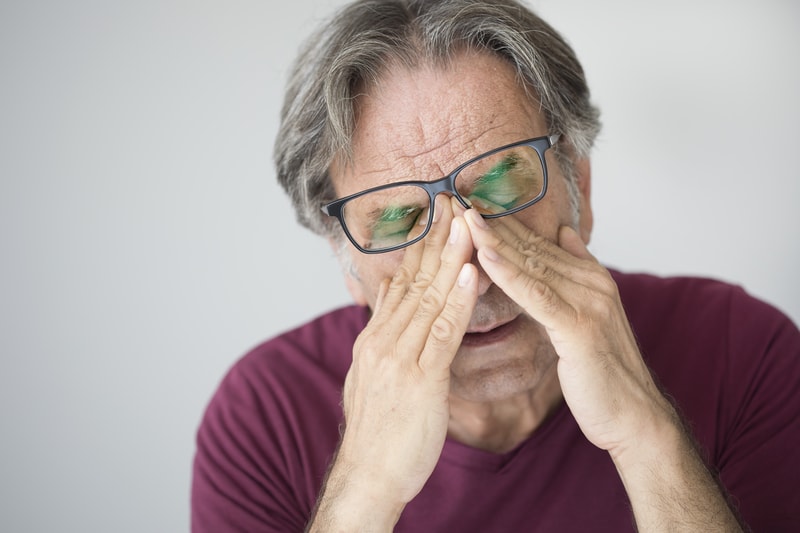
COPD affects 16 million people, and is the fourth leading cause of death in the United States.. The main symptoms, including chronic cough, fatigue, and shortness of breath, secondary symptoms include, mood swings, fatigue, and mental health issues all of which tend to worsen over time.
There is still no cure for COPD, but there are drugs and therapies readily available to treat these symptoms, however they are not always potent enough. Treatments include pulmonary rehabilitation, bronchodilators and corticosteroids, and lung volume reduction surgery help many people living with COPD.
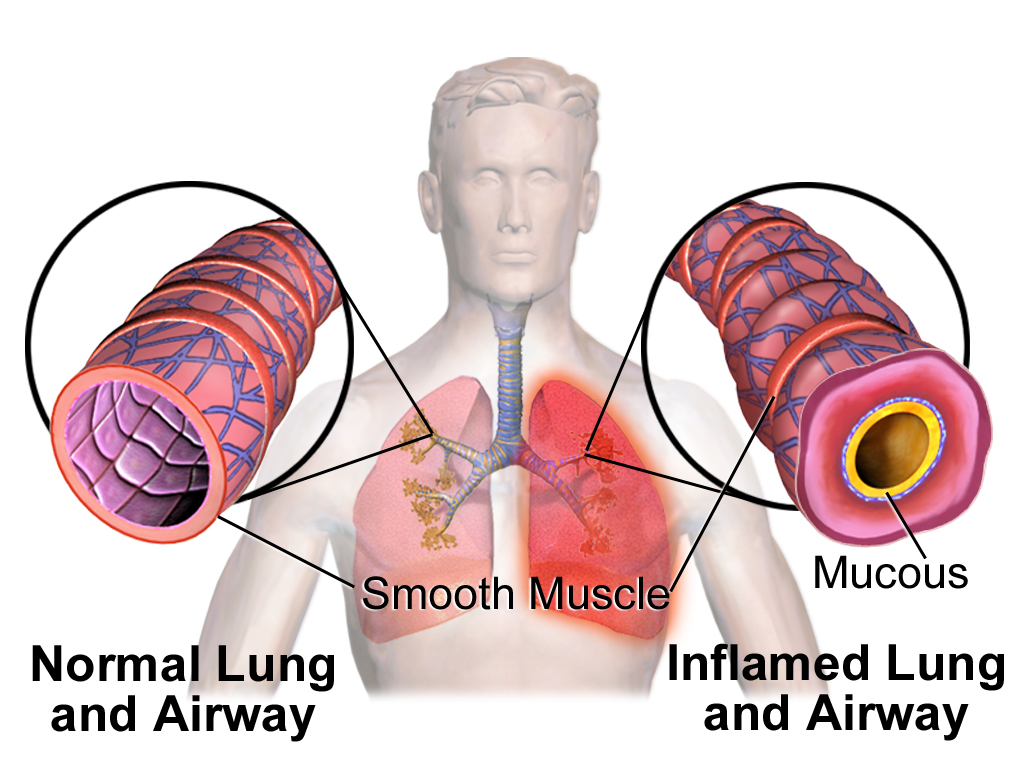
A new option called the Zephyr Valve, which was FDA approved in 2018, is offering hope for people who suffer from COPD in an advanced state. The Zephyr Valve is designed for patients with advanced COPD, who’s breathlessness at rest or with activity is extremely high, and even with optimal medical treatment, they still suffer from significant hyperinflation and air trapping due to deterioration of lung tissue.
Another not so commonly noted problem with the way COPD affects patients is how the lungs become bigger, or hyperinflated. Shortness of breath and uncomfortable gastrointestinal symptoms are the result of overinflated lungs pressing down on the diaphragm.
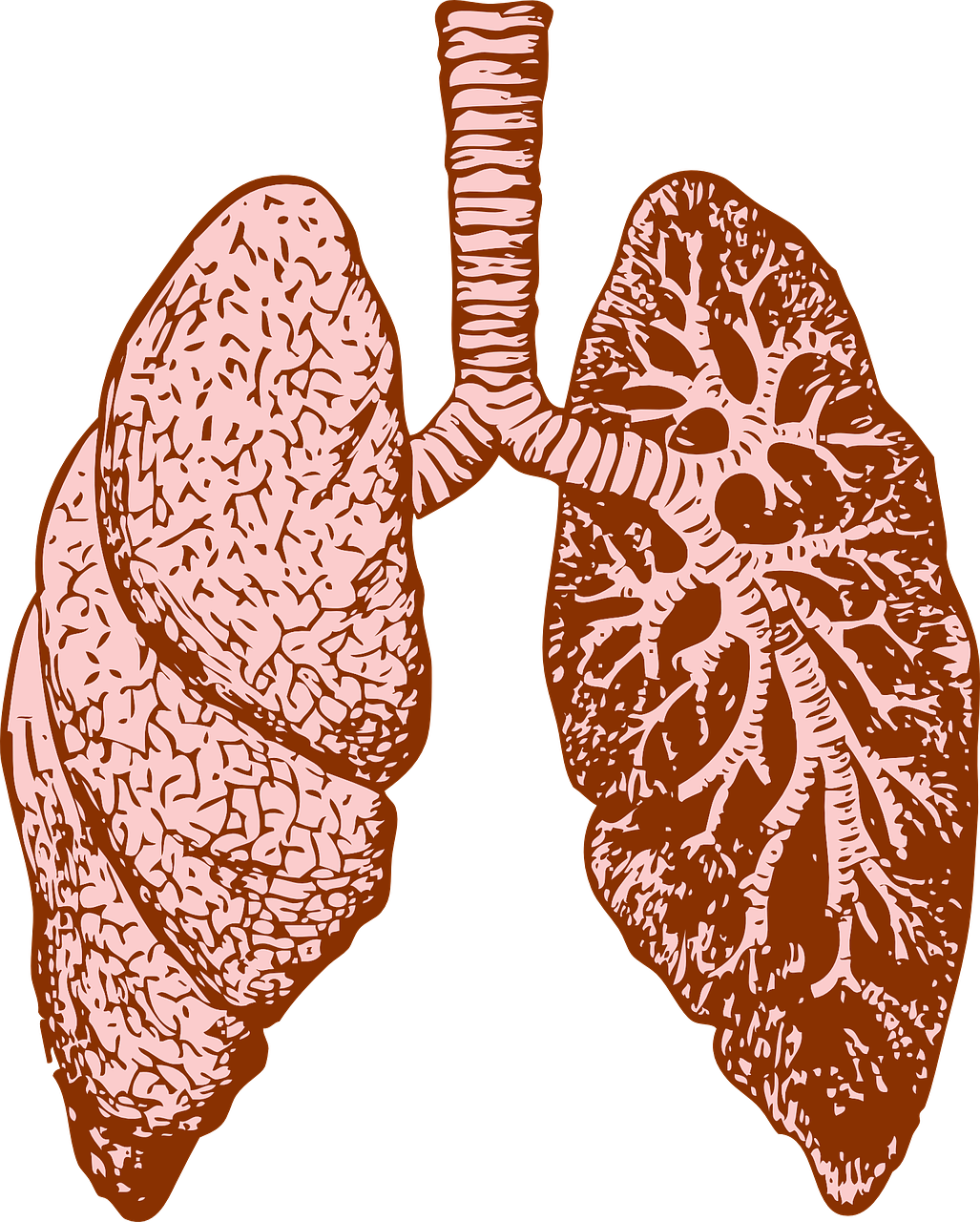
The valves in the Zephyr Valvae are extremely small, they work by being implemented into the ‘bad’ diseased parts of the lung, in order to block the air from going into those sections. As a result, the non-diseased portion of the lung can expand and relieve the pressure on the diaphragm, allowing patients to breathe better.
If you treat your COPD properly- take your medications, adhere to your oxygen prescription, exercise and eat properly, and still your disease progresses past a certain degree, your pulmonologist may suggest you look into the Zephyr Valve placement.

If you qualify, there is no guarantee you’ll be completely better and feeling 100% all of the time, but there is overwhelming hope that you’ll have a better quality of life. You can get back to doing what you love or enjoying the simple things, will you still get tired? Yes, because you still have COPD. But the progress towards a happier more active life is a pursuit you can begin on!
Stem Cell Therapy for COPD in 2021
![]()
There is potential to help patients with COPD by using Mesenchymal Stem Cells. Stem cells work by promoting healing and regenerating, they do this by creating extra messenger cells called "cytokines".
Stem cells are amazingly unique, and they are capable of changing into any cell in the body. Once they are inserted, they can find damaged tissues around organs and rejerate new healthy cells within those organs. In your case, as a respiratory disease patient, it is your lungs that are deteriorating and damaged, and so stem cells can repair damaged lung tissue to combat emphysema or chronic bronchitis.
While stem cells rebuild healthy cells, they also have natural anti-inflammatory properties that can clear your airways as well.

Studies have shown the results of stem cell therapy and its effects on COPD. Over 82% of COPD patients that have tried stem cell treatment have significant improvements in their quality of life after their therapies.
The positive reported impacts stem cell therapy after transfusion are increased lung capacity and the ability to walk. These reports have highlighted stem cells' ability to be viable options for current patients with COPD.
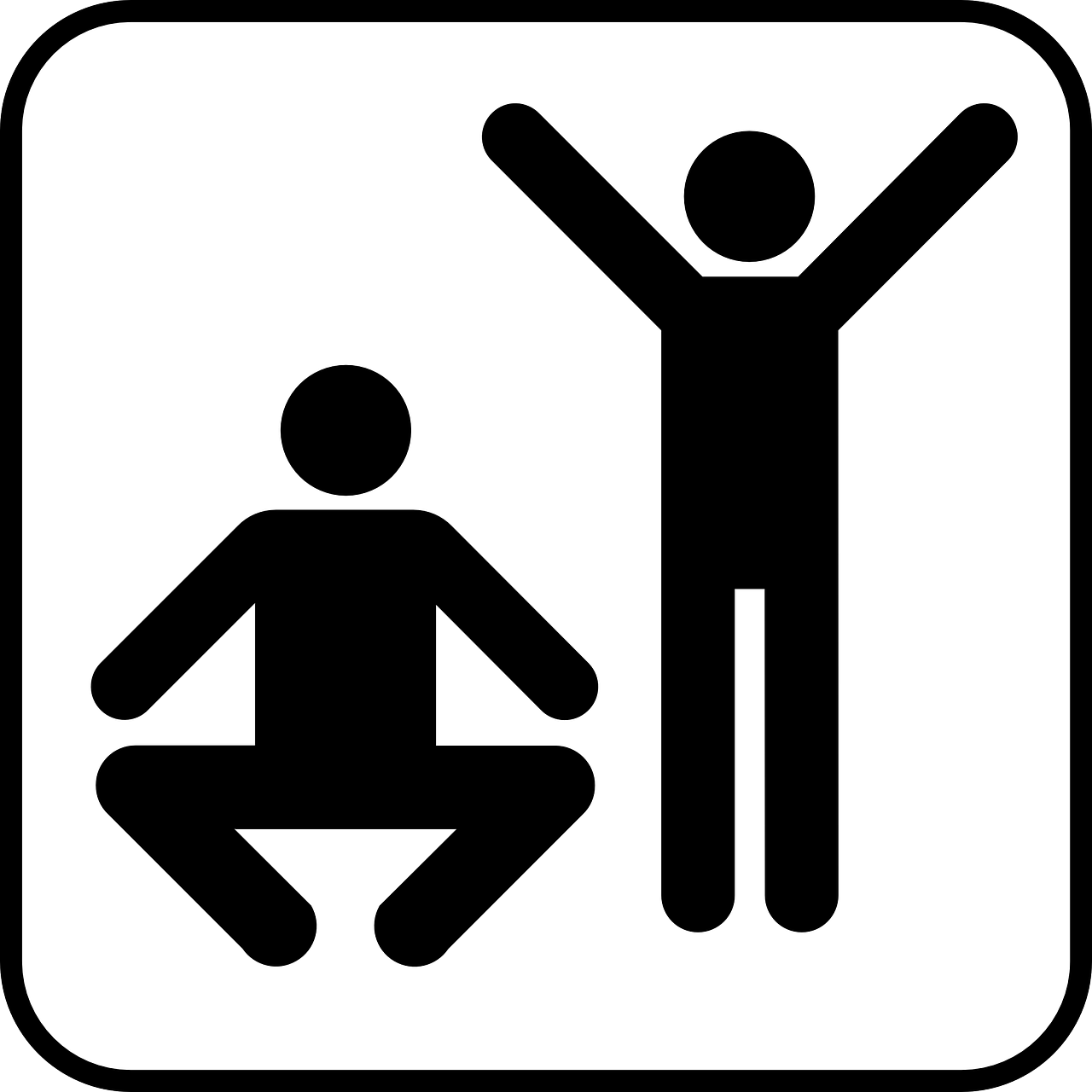
And while stem cell treatment still will not cure COPD, it is able to repair damaged lung tissue and it being a relatively noninvasive procedure compared to other options, stem cell therapy is an attractive alternative for COPD patients. Studies have shown that certain cells- expanded cord tissue-derived mesenchymal cells- have very high anti-inflammatory properties and tissue regeneration capabilities, that are perfect for patients with COPD.
Cost of Stem cell therapy for COPD
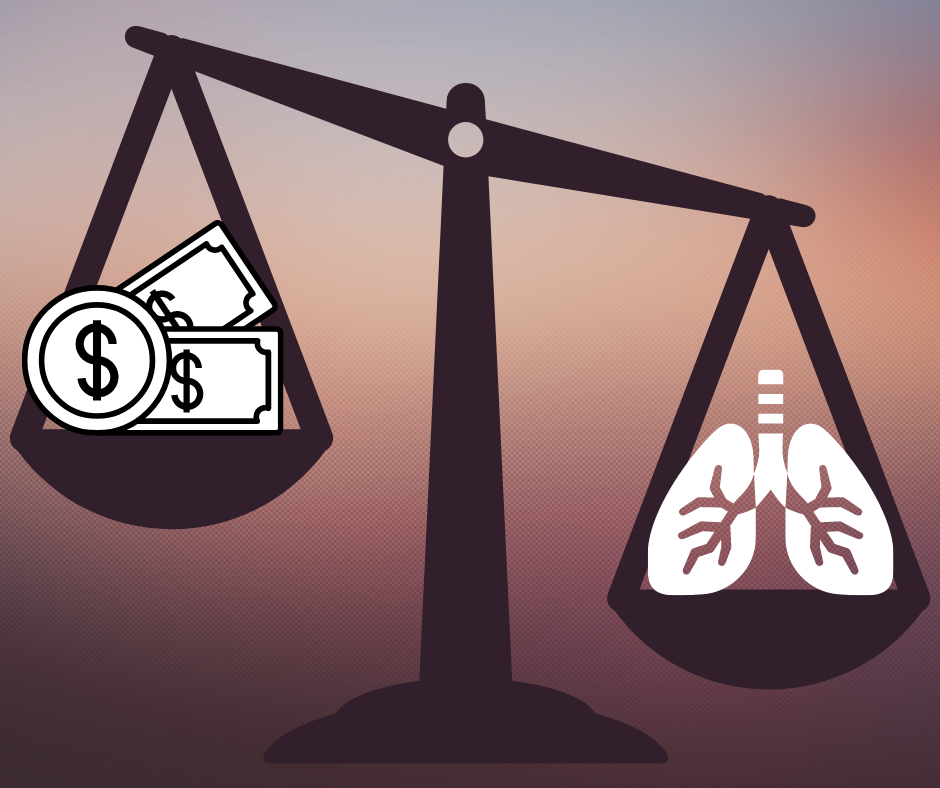
The most affordable option for COPD patients is to find patient-funded clinical trials. COPD patients who get stem cell therapy can pay anywhere from $10000 - $35,000.
While you are researching stem cell clinics for COPD, be sure to find out how many cells are included in the treatment protocol, and what type of cells you would be receiving.
Currently, Medicare does not cover the cost of stem cell therapy for COPD.

Currently Available Treatments for COPD
New medications such as the TASR5 bitter taste receptor to treat COPD are not yet available for COPD patients, and the Zephyr Valve and Stem Cell Therapy may be out of your price range or you simply do not qualify for those treatments based on the current state of your disease.
Other more common treatments for chronic respiratory disease go a long way in cultivating a healthy lifestyle and improvements in your wellbeing.
Supplemental Oxygen Therapy
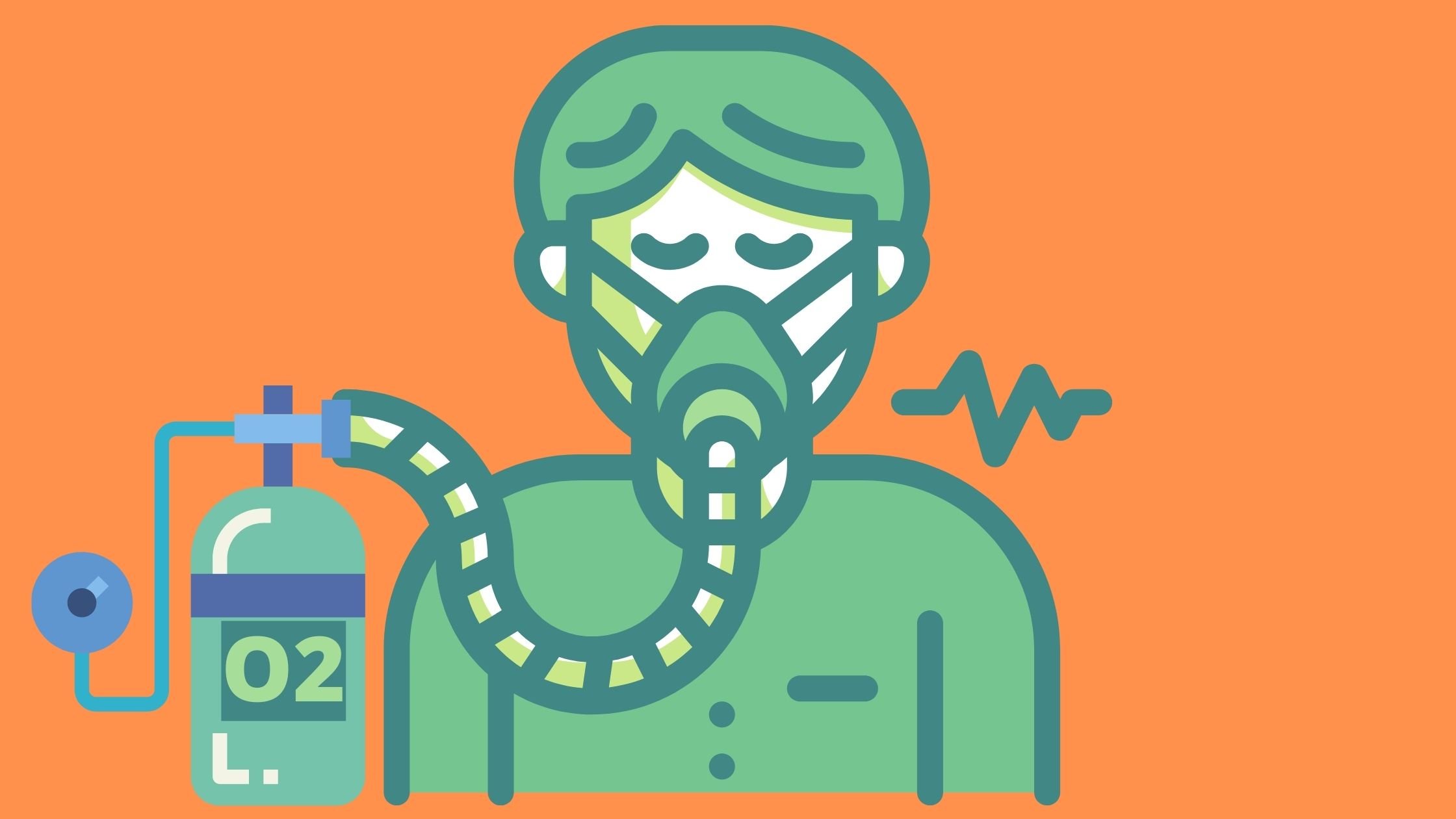
Oxygen therapy is among the most effective treatments there will ever be for COPD and patients with chronic hypoxia.
Supplemental oxygen therapy should be administered at least 15 hours a day, and for the best results, 24 hours per day, but this depends on your doctor’s recommendations and the prescription they will base upon your spirometry test results.
You will get your supplemental oxygen therapy administered with an oxygen device that you will bring with you everywhere you go. Having the best oxygen equipment will help you live a high quality life while getting the oxygen saturation your body needs to survive.

Portable oxygen devices are a great option for people who value the ability to exercise, run errands, and get out and about rather than spending a lot of time at home!
The best portable oxygen devices are called portable oxygen concentrators and they are the most efficient because they are battery powered oxygen devices so you can take them on airplanes, they are lightweight, and it extracts air from its surroundings so you never have to get them refilled with oxygen.
Pulmonary Rehabilitation

The goal of pulmonary rehabilitation is to rebuild strength so you can start to enjoy a more full and active life. These programs are set up to improve your lung function, reduce the symptoms you experience, and improve quality of life.
The courses are a mixture of educational classes and physical exercises that will increase your awareness about your lungs and your disease.
Your pulmonary rehab team is a team of doctors, nurses, physical therapists, respiratory therapists, exercise specialists and dietitians. With all of their help and expertise, you will develop a unique program that meets your specific needs.

Overview
As a company that works with respiratory patients on a daily basis LPT Medical has readily available reading material that will help answer all of your questions about your respiratory illness, how to treat it, and everything else you may want to know, just visit our respiratory resource center page.

This is not the end of COPD research in fact, it is the beginning. New and innovative mediations, procedures, and other respiratory devices will become available in 2021 and beyond that will help you breathe easier, and reduce the symptoms you experience from COPD.
Watch this space, and be sure to like LPT Medical on Facebook, subscribe to our newsletter, and comment on this blog because we are always posting news and information about respiratory illnesses, and learning about your disease is as important as treating it everyday.

